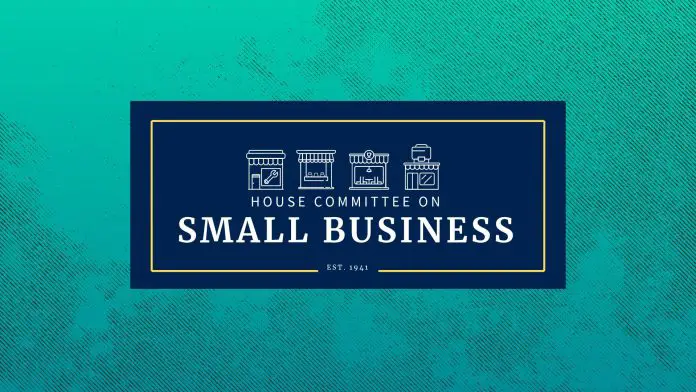The Small Business Administration (SBA) has made a significant policy reversal that is likely to impact small business financing strategies across the United States. In a move aimed at stabilizing its vital 7(a) loan guarantee program, the SBA has reintroduced fees on loans, previously waived to encourage lending. This change raises important considerations for small business owners navigating financing options.
SBA Administrator Kelly Loeffler announced the re-implementation of lender fees after it was revealed that the loan program, the largest conducted by the agency, faced a severe fiscal challenge, including over $460 million in uncollected revenue for fiscal year 2024. The agency reported a troubling cash flow deficit of $379 million, prompting immediate action.
"To safeguard taxpayer-backed capital and small business formation, the SBA is taking immediate action to reverse these policies, starting with the restoration of lender fees to protect the future of the program," Loeffler emphasized, signaling a renewed commitment to financial stability for the agency’s flagship offering.
Under the 7(a) program, small business owners can secure loans up to $5 million, with the SBA providing guarantees ranging between 50% and 85%. In fiscal year 2024, participation exceeded 1,400 banks and credit unions, resulting in over 70,000 loans worth more than $31 billion. The agency is currently on track for another robust fiscal year, with nearly 43,000 loans already issued in the first quarter of 2025.
Several industry voices support this decision. Kristen Granchelli of the National Association of Government Guaranteed Lenders welcomed the reinstatement of fees, noting, "Fee waivers are a great tool — when we can afford them. We’re grateful to Administrator Loeffler for the leadership and foresight to make the necessary changes to the fee waivers in order to protect the 7(a) Loan Program."
The new fee structure aims to ensure the 7(a) program maintains its zero-subsidy status, a designation that relies on revenue generated from the program fees rather than taxpayer dollars. This self-sustaining model is critical for ongoing legislative and public support for small business financing initiatives.
House Small Business Committee Chairman Roger Williams expressed his support, stating, "This program is intended to be self-sustaining, ensuring proper support for small businesses nationwide while safeguarding taxpayer funds." His sentiment reflects a desire among lawmakers to prioritize fiscal responsibility while ensuring access to capital for entrepreneurs.
However, the policy shift comes with potential implications for small business owners. While the 7(a) program traditionally supports a range of businesses looking for capital, the reintroduction of fees may lead to increased costs for borrowers. This could affect smaller enterprises more acutely as they often operate on tighter budgets and margins. The challenge will be to balance the need for sustainable lending practices with the accessibility of capital.
In the wake of these reforms, the SBA is also re-evaluating its underwriting policies, with plans to unveil additional changes in the coming weeks. This could lead to more stringent requirements for borrowers, further impacting small businesses seeking funding. The loosening of such guidelines during the previous administration included measures to facilitate access, which may now be reversed.
Senator Joni Ernst, chairwoman of the Senate Committee on Small Business and Entrepreneurship, expressed relief at the SBA’s alignment with recommendations made to restore financial health to the 7(a) program. “I am relieved to see the SBA follow my recommendations to restore the financial foundation of the 7(a) program,” Ernst stated, echoing the sentiment that a sound fiscal policy is essential for the program’s longevity.
Given these developments, small business owners must stay informed about how these changes may affect their financing options, including the potential for increased fees and adjusting to stricter lending criteria. As the SBA moves forward, both lenders and borrowers will need to adapt to this evolving landscape, ensuring that the critical support structure for entrepreneurial ventures remains viable.
For further details on this announcement, you can read the original press release from the SBA here.
Image Via BizSugar



